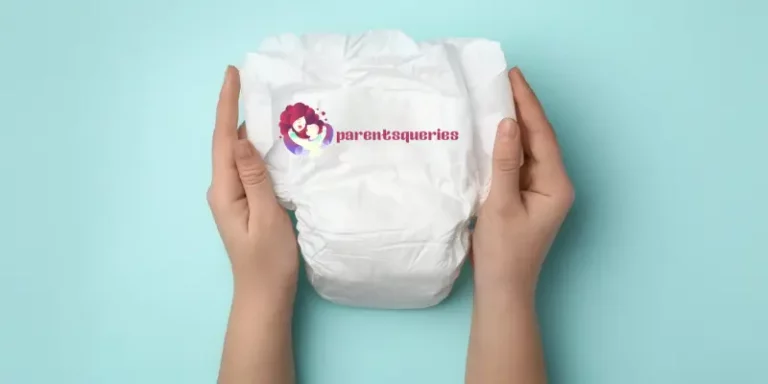Can Babies Eat Jello? 4 Considerations + DIY Recipes
As parents, we always look for tasty snacks that our little ones can enjoy. Jello is a popular treat found in most homes but can babies eat jello? This article will provide an overview of key considerations when determining whether or not your baby should have jello. Additionally, it will also give some DIY recipes to make jello at home in case you decide it is a safe snack for your child.
Can babies eat jello? The answer to this question is yes and no. While jello itself does not pose any serious health risks to babies, certain ingredients used in its preparation may be harmful to their delicate digestive systems. For instance, some jello recipes call for added sugar or artificial sweeteners that can upset a child’s stomach or cause tooth decay. Similarly, food coloring agents used to give jello its vibrant hues may contain harmful chemicals that can cause allergic reactions or other adverse effects.

Jello for Babies – 4 Considerations
Jello is a popular dessert that children and adults alike love. However, can babies eat Jello? While it may seem like a harmless treat, there are important considerations to keep in mind before introducing Jello to your baby.

No Nutritional Value
Firstly, it is important to note that jello contains mostly sugar and artificial colors and flavors. While this may make it appealing to children, it does not provide any real nutritional benefits. In fact, excessive consumption of sugar can lead to health problems like obesity, diabetes, and tooth decay.
Secondly, keep in mind that jello does not contain any protein or fiber which are essential components of a healthy diet. Proteins help in building strong muscles while fiber keeps the digestive system working smoothly. You may like to read Why Is Baby-Led Weaning Good? on our website.
Choking Hazard
Jello can be a choking hazard for babies who are not yet able to chew properly or swallow food whole. It’s recommended that babies start with pureed fruits and vegetables before moving on to more solid foods. Soft-cooked fruits such as apples or pears make great options for introducing texture without risking choking hazards.
High Sugar Content
It’s important to understand the sugar content in Jello. One serving of typical Jello contains about 19 grams of sugar, which is almost half of the recommended daily intake for children. For babies under one-year-old, added sugars should be avoided altogether as they can lead to tooth decay and other health problems.
Potentially Harmful Ingredients
Jello is a popular dessert made from gelatin, sugar, and artificial flavors and colors. While it may seem harmless enough for adults, giving Jello to babies can be risky. For one thing, Jello contains high levels of sugar which can lead to tooth decay and obesity in young children. Additionally, some studies have linked certain artificial colors and preservatives found in Jello with an increased risk of cancer.
Can Babies Eat Sugar-Free Jello?
While this popular dessert may seem like a healthy alternative to sugary treats, it isn’t recommended for infants due to its artificial ingredients. Check Is GFuel For Kids?
Sugar-free Jello contains artificial sweeteners such as aspartame and sucralose, which provide a sweet taste without adding calories. However, these additives can have negative effects on growing bodies. Studies have linked artificial sweeteners to potential health problems, including metabolic disorders and behavioral issues in children. Additionally, Jello may contain preservatives and dyes that can be harmful to a baby’s delicate digestive system.
At What Age Can Babies Eat Jello?
If you’re a new parent, you may be wondering at what age it’s safe for your baby to start eating different types of food. One question that often comes up is whether babies can eat jello, and if so, at what age they should start. The good news is that jello can be a fun and tasty treat for babies once they reach six months old or older.

Jello is made primarily from gelatin, sugar, and water. Gelatin is derived from animal collagen and contains protein that can be beneficial to grow babies. However, it’s important to note that some brands of jello may contain artificial colors or flavors which could potentially cause allergies or other health issues in some infants.
When introducing jello to your little one, it’s best to start with a small amount and observe any reactions they may have.
Can Babies Play With Jello?
Parents often wonder what they can do to keep their little ones entertained and happy. One of the things that may come to mind is playing with jello. While it may seem like a fun and harmless activity, there are some important things to consider before letting your baby play with this wobbly substance.
Firstly, it’s important to note that jello is not meant for babies to consume as it contains sugar and artificial ingredients that could be harmful to their health. Additionally, while jello may seem like a safe and non-toxic material, it can actually be a choking hazard if not prepared properly or if small pieces break off during playtime.

However, if you still want your baby to experience the sensory stimulation of playing with jello, there are alternative options available such as homemade edible versions made from natural ingredients like gelatin and fruit juice.
Homemade Jello
Homemade Jello is a fun and easy treat to make. With just a few simple ingredients, you can create your own colorful and delicious jiggly dessert. Making homemade Jello is also a great activity to do with kids, who will love watching the mixture transform into its iconic wobbly form.
To start making your homemade Jello, mix together gelatin powder and boiling water until fully dissolved. You can add sugar or fruit juice for added flavor if desired. Once the mixture is well combined, pour it into molds or dishes and let it set in the refrigerator for at least two hours.

The best part about making homemade Jello is that you have full control over the flavor and color of your creation. Experiment with different juices or add fresh fruit chunks for an extra burst of flavor.
Fruit Juice and Gelatin Powder
Ingredients:
1 cup fruit juice
1 envelope of unflavored gelatin
Instructions:
Fruit Juice and Agar Agar
Ingredients:
1 cup fruit juice
1/4 cup agar agar flakes
Instructions:
Related Questions:
Conclusion
Jello can be a healthy and fun snack for babies if done correctly. When introducing jello to your baby, consider the considerations above, such as ensuring that there are no artificial ingredients or added sugars. Additionally, make sure the jello is cooled down before serving, and using homemade recipes with natural ingredients is the best option when possible. Therefore, you can feel confident in giving your baby this delicious snack that they’ll surely love!






